There are close connections between a number of the artists, whose paintings are at Marble Hill, and St. Martin’s Academy, England’s first art school. (The paintings are shown in the Appendix and all the artists, which I mention have paintings in the house apart Thornhill and Chéron). Sir Godfrey Kneller, who had been principal painter to William and Mary, was the founder of St. Martin’s Academy in 1711 and Marcellus Laroon was one of his assistants there. Sir James Thornhill, the Serjeant Painter to George I, took over the school from 1716 and ran it until 1720 when it was taken over by two other artists, Chéron and Vanderbank, who moved the School to St. Martin’s Lane and thus giving the school its present name. They ran it until 1724, but Vanderbank’s success was undermined by his profligacy, as he kept a coach and horses and a country house for his mistress. He fled to France to avoid arrest for debt in 1724, but returned in 1729 and was arrested and placed in the Fleet, the debtor’s prison.
Hogarth revived the school after Thornhill’s death in 1734 and ran it until his own death in 1764. He had married Thornhill’s daughter Jane in 1729. From 1734, Gravelot, Hogarth, Hayman and the sculptor Roubiliac were the principal teachers there. St. Martins Academy gave the opportunity to artists to draw from the life and each paid an annual subscription of a guinea. The French influences on Hogarth and Hayman and also the employment of expatriate French artists resulted in the Academy being the centre of the very light and informal Rococo style in English art. This style had probably been introduced by Philip Mercier (c. 1689-1760), who came to England in 1716 and who initially lived in Leicester Fields near St. Martin’s Lane. There is no direct evidence that he taught at St. Martin’s Academy, but he is likely to have known the teachers there. Mercier had also probably introduced the genre known as The Conversation Piece, a style, which had been developed by Watteau, who was a friend of his. Mercier’s painting The Letter Writer, at Marble Hill, is an important example of this genre. The Conversation Piece became a very popular form of the group portrait in the first half of the 18th Century.
An even more important example of this genre is Gravelot’s painting le lecteur also at Marble Hill. This is one of only two paintings by Gravelot in England, but he was an engraver by trade. Thomas Gainsborough studied at St. Martin’s Academy and more importantly was apprenticed to Gravelot to learn the trade of engraving, which was considered a safer trade than painting. It was probably from Gravelot that Gainsborough learnt to be such a brilliant draughtsman. However, Gravelot had also been a pupil of the great Rococo painter, François Boucher. In spite of its foreign origins, Rococo, with its light fresh and witty style, was a stimulus to the development of the modern style of English painting promoted by Hogarth and others both at St. Martins Academy and in their own paintings. The tuition was in the evening and it probably did not offer very rigorous training, but it gave the opportunity to artists like Gainsborough an opportunity to meet important contemporary artists working in London.
The teachers at St. Martin’s Academy were also involved in the decoration of the famous pleasure grounds at Vauxhall and the commission may have been obtained because Hogarth knew the proprietor, Jonathan Tyres. Gravelot designed the supper tickets. One of the teachers, Francis Hayman, was involved in painting pastoral scenes to decorate the supper boxes, with designs like his May Day or The Milkman’s Garland. Zoffany who became a pupil at the school towards the end of the school’s life, painted a life drawing class there and the painting is now in the Royal Academy. Although St. Martin’s Academy closed in 1764, four years later the Royal Academy schools were opened and the school is still there today.
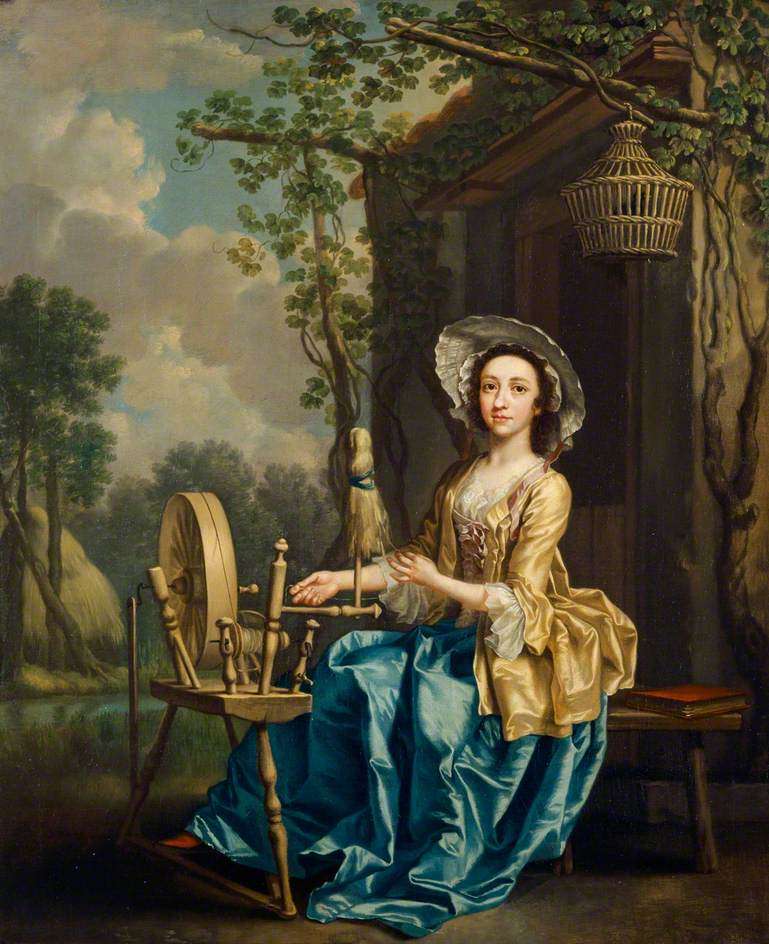
Hayman, Francis; Girl at a Spinning Wheel; English Heritage, Marble Hill House; http://www.artuk.org/artworks/girl-at-a-spinning-wheel-86913 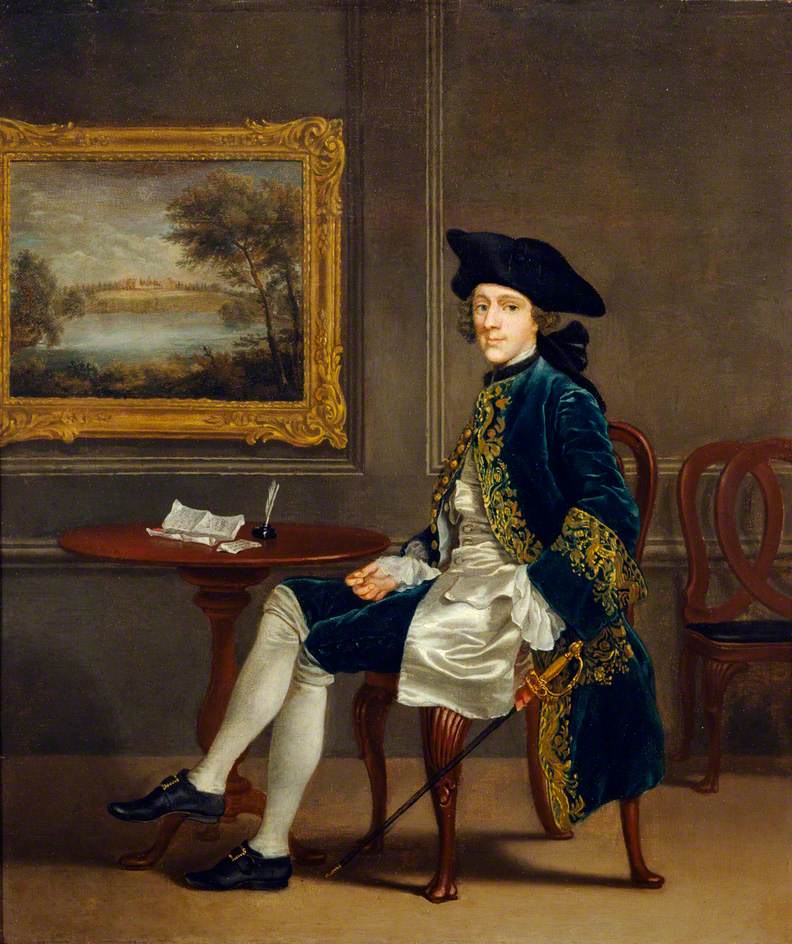
Hayman, Francis; John Conyers (1717-1775); English Heritage, Marble Hill House; http://www.artuk.org/artworks/john-conyers-17171775-86911 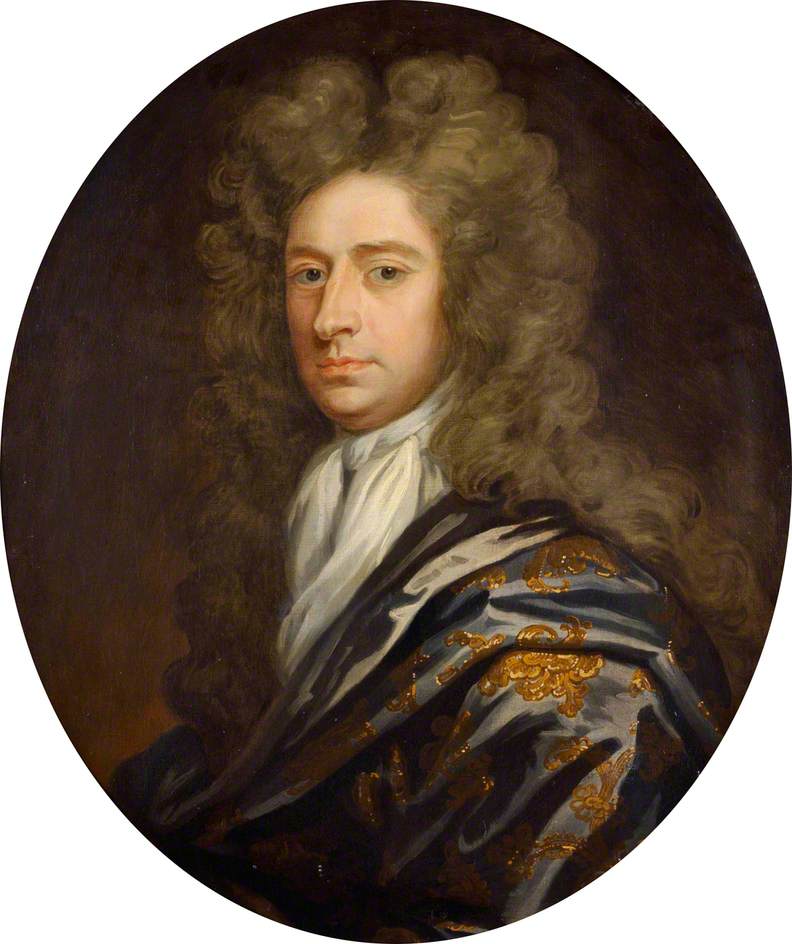
Kneller, Godfrey; Charles Mordaunt (1658-1735), 3rd Earl of Peterborough and 1st Earl of Monmouth; English Heritage, Marble Hill House; http://www.artuk.org/artworks/charles-mordaunt-16581735-3rd-earl-of-peterborough-and-1st-earl-of-monmouth-86922 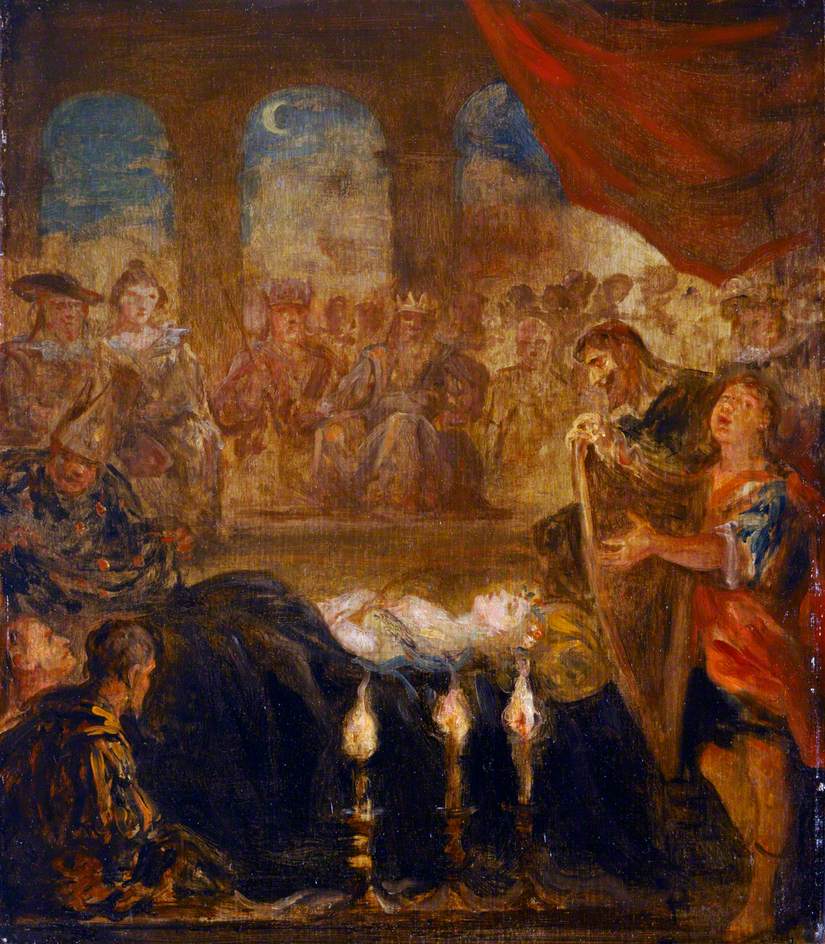
Vanderbank, John; Don Quixote and the Damsel on a Bier; English Heritage, Marble Hill House; http://www.artuk.org/artworks/don-quixote-and-the-damsel-on-a-bier-86939 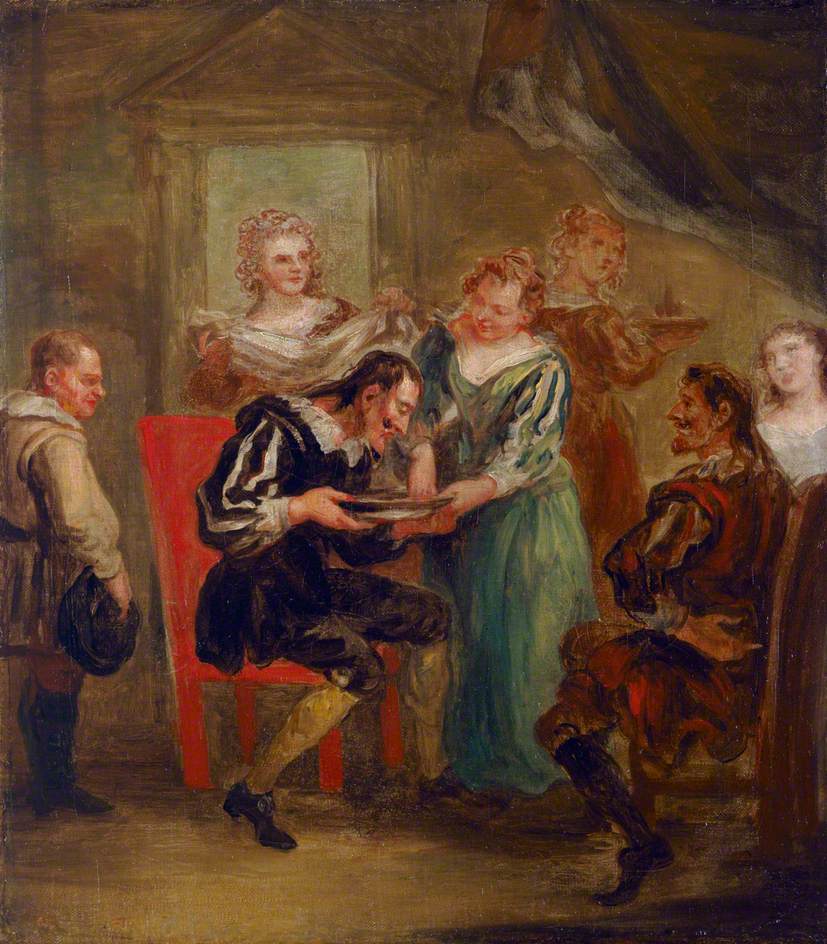
Vanderbank, John; Don Quixote Washing His Beard; English Heritage, Marble Hill House; http://www.artuk.org/artworks/don-quixote-washing-his-beard-86941 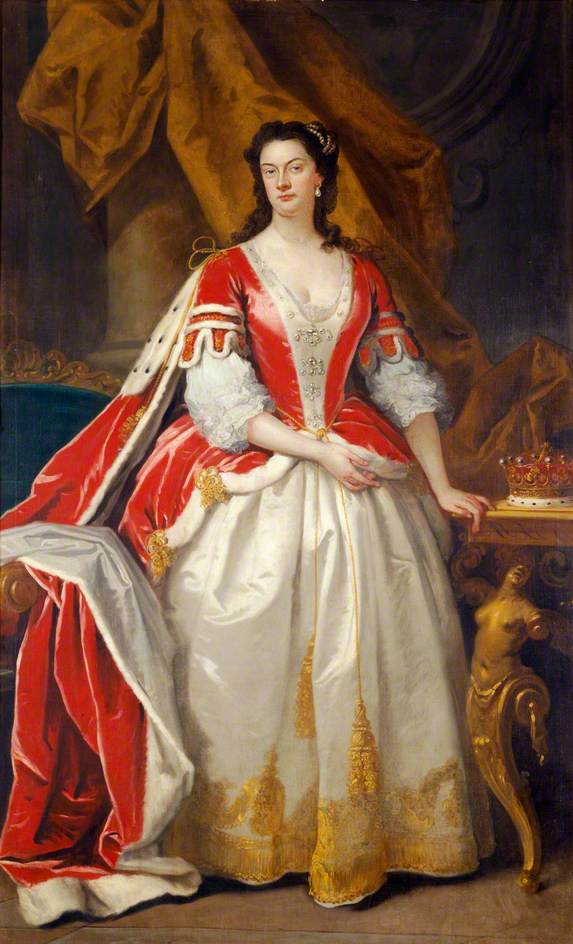
Vanderbank, John; Elizabeth Compton (1694-1741), Countess of Northampton; English Heritage, Marble Hill House; http://www.artuk.org/artworks/elizabeth-compton-16941741-countess-of-northampton-86940 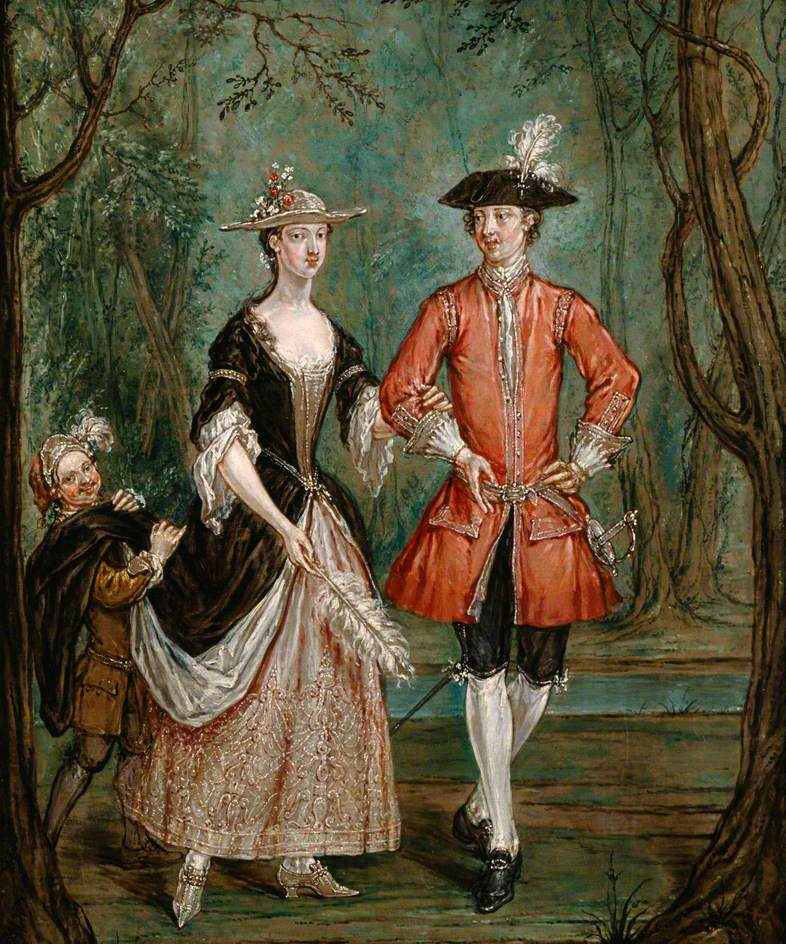
Laroon II, Marcellus; Lady and Gentleman with a Page; English Heritage, Marble Hill House; http://www.artuk.org/artworks/lady-and-gentleman-with-a-page-86924 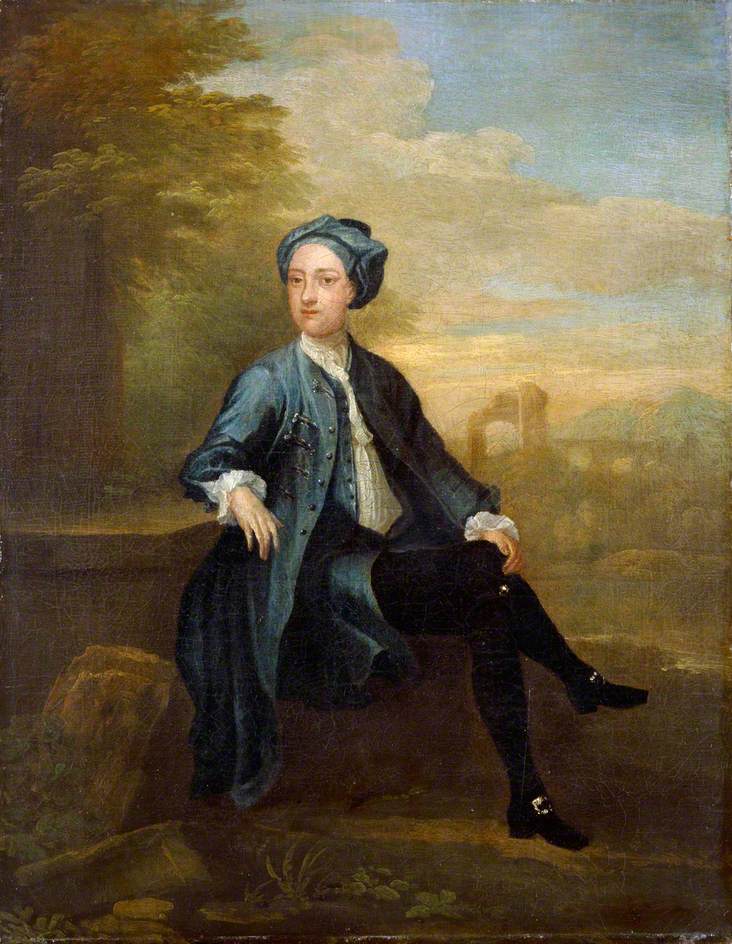
Hogarth, William; Sir Robert Pye (c.1696-1734), Bt; English Heritage, Marble Hill House; http://www.artuk.org/artworks/sir-robert-pye-c-16961734-bt-86916 
Mercier, Philippe; The Letter Writer; English Heritage, Marble Hill House; Photo credit: Historic England Archive 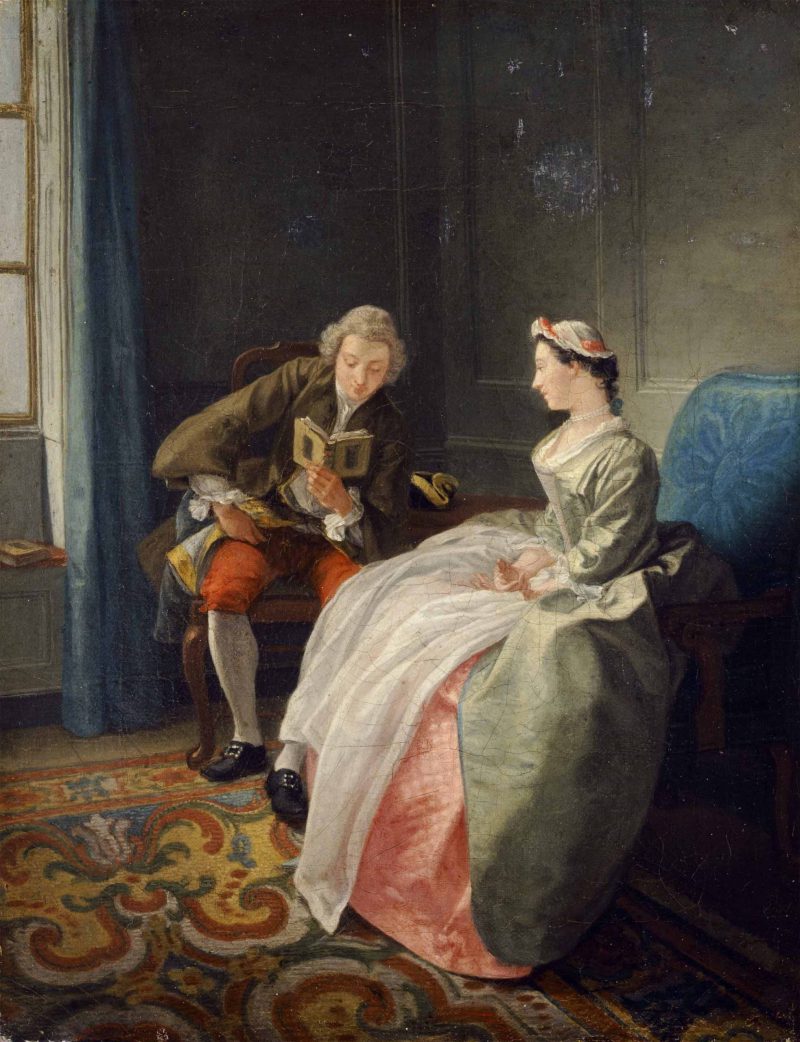
le lecteur or The Judicious lover by Hubert-François Gravelot (1699-1773):
John Moses
Writing for the Marble Hill Society
Appendix
- Sir Godfrey Kneller (1646-1723): The Earl of Peterborough
Charles Mordaunt (1658–1735), 3rd Earl of Peterborough and 1st Earl of Monmouth
by Godfrey Kneller
Date painted: 1675–1700
Oil on canvas, 76 x 63.5 cm
Marble Hill House: The Dressing Room
- Marcellus Laroon (1679-1772): Lady and Gentleman with a Page
Lady and Gentleman with a Page
by Marcellus Laroon II
Date painted: 1725–1750
Oil on canvas, 73 x 62 cm
Marble Hill House: The Lobby
- Hubert-François Gravelot (1699-1773): Le lecteur or (The Judicious Lover)
Le lecteur
by Hubert François Bourguignon Gravelot
Date painted: 1725–1750
Oil on canvas, 30.5 x 23.5 cm
Marble Hill House: The Lobby
- John Vanderbank (1694-1739): The Countess of Northampton
Elizabeth Compton (1694–1741), Countess of Northampton
by John Vanderbank
Date painted: 1725–1750
Oil on canvas, 239 x 141 cm
Marble Hill House: The Great Room
- John Vanderbank: Don Quixote Washing his Beard
Don Quixote Washing His Beard
by John Vanderbank
Date painted: 1725–1750
Oil on canvas, 39.4 x 35 cm
Marble Hill House: The Breakfast Parlour
- John Vanderbank: Don Quixote and the Damsel on a Bier
Don Quixote and the Damsel on a Bier
by John Vanderbank
Date painted: 1739
Oil on canvas, 39.4 x 35 cm
Marble Hill House: the Breakfast Parlour
- William Hogarth (1697-1764): Sir Robert Pye
Sir Robert Pye (c.1696–1734), Bt
by William Hogarth
Oil on canvas, 42.9 x 33.7 cm
Marble Hill House: the Dressing Room
- Francis Hayman (c. 1707-1776): John Conyers
John Conyers (1717–1775)
by Francis Hayman
Date painted: 1725–1750
Oil on canvas, 52 x 44.5 cm
Marble Hill House: The Countess of Suffolk’s Bedchamber
- Francis Hayman: Girl at a Spinning Wheel
Girl at a Spinning Wheel
by Francis Hayman
Date painted: 1725–1750
Oil on canvas, 88 x 74 cm
Marble Hill House: The Countess of Suffolk’s Bedchamber
- Thomas Gainsborough (1727-1788): Rev. Joseph Amphlett
[Image not currently available] - Philip Mercier (1691-1760): The Letter Writer
The Letter Writer
by Philippe Mercier
Date painted: 1725–1750
Oil on canvas, 121 x 96 cm
Marble Hill House: Miss Hotham’s Bedchamber
- Philip Mercier: Mrs. Lowther
[Image not currently available]
